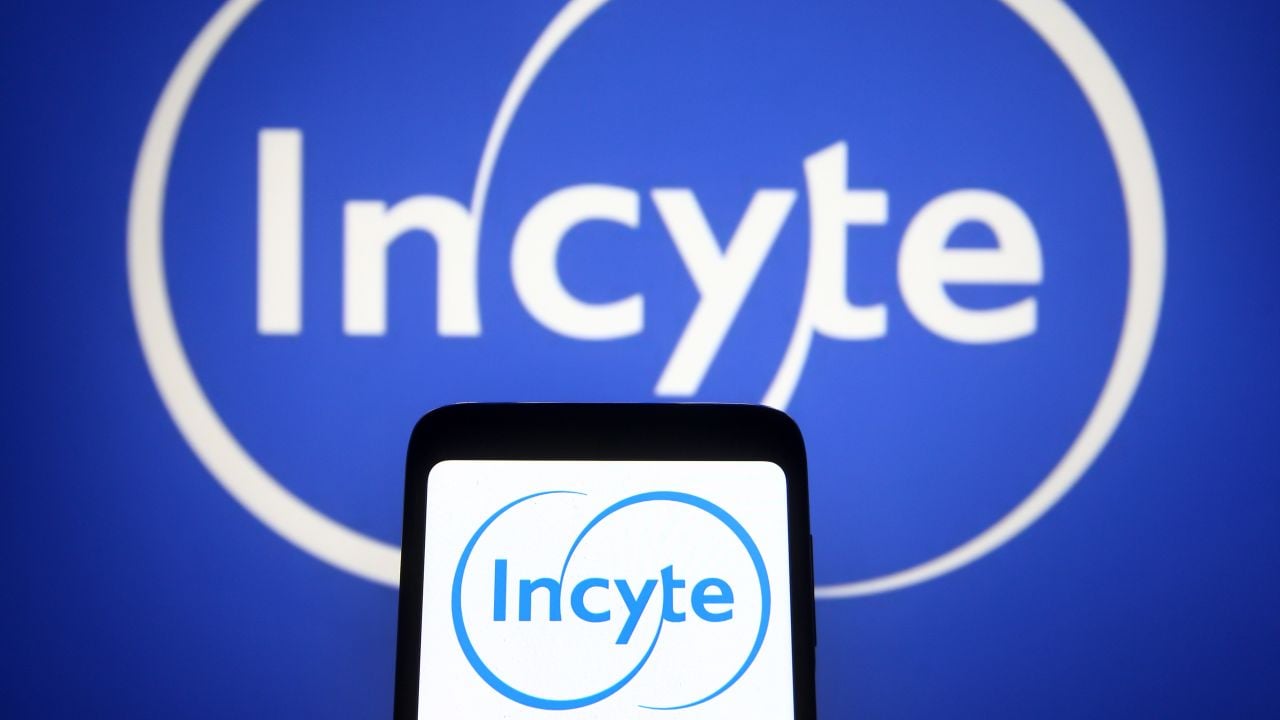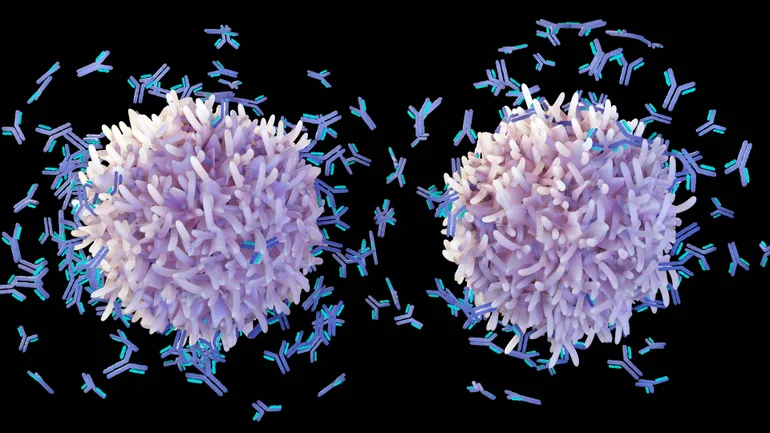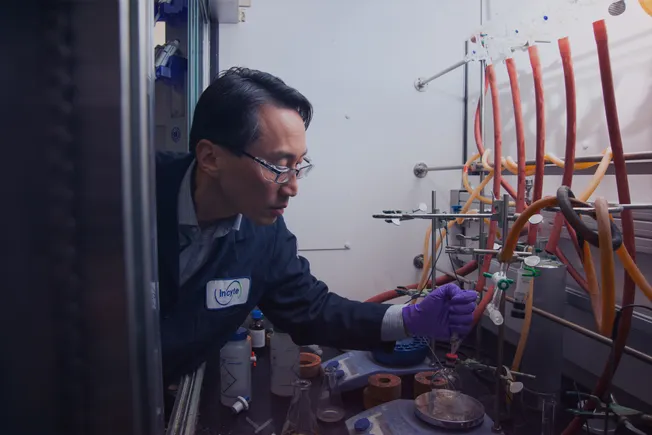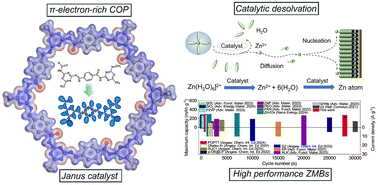Tissue‐Microenvironment‐Responsive Self‐Assembling Peptide Nanoshells Boost Pirfenidone Efficacy in the Treatment of Liver Fibrosis
Advanced Healthcare Materials, Volume 14, Issue 15, 10 June, 2025.

Systemic delivery of pirfenidone (PFD), an antifibrotic agent, exhibits limited efficacy with off-target adverse effects. To address this, PFD is encapsulated in self-assembling Gemini peptide amphiphile nanoshells (PFD@ns), which enable enhanced targeting and localized release to activated hepatic stellate cells in fibrotic livers. PFD@ns enhance antifibrotic efficacy over free PFD and demonstrate a targeted therapeutic strategy with reduced risk of adverse effects.
Abstract
Chronic liver disease culminates in liver fibrosis, responsible for substantial worldwide morbidity and mortality. Traditional chemical drugs that have proven effective at treating other types of tissue fibrosis may be repurposed for treating liver fibrosis but face inefficient outcomes or elicit undesirable side effects. Hepatic-targeted drug nanocarriers offer a potential strategy for achieving localized drug release to effectively alleviate liver fibrosis while mitigating off-target effects. Elevated levels of fibroblast activation protein-α (FAP-α) have been associated with liver fibrosis and the presence of platelet-derived growth-factor-receptor-β-overexpressing activated hepatic stellate cells. Therefore, FAP-α-responsive nanoshells are developed from hepatic fibrosis targeting peptides to protect and transport pirfenidone (PFD) to fibrotic livers for potentiated therapeutic efficacy. In vitro experiments validate that PFD-loaded hepatic- and fibrosis-targeting nanoshells (PFD@ns) lessen transforming-growth-factor-β1-driven collagen production and activation of hepatic stellate cells. In animal models of liver fibrosis, PFD@ns increase the efficacy of PFD in preventing fibrosis, alleviating proinflammatory cell infiltration, and modulating the PI3K/AKT/mTOR signaling pathway. In conclusion, these findings suggest that the hepatic- and fibrosis-targeted PFD@ns can potentially serve as an effective tool in the treatment of liver fibrosis.














































































































































